Ski machines are revolutionizing the fitness industry by offering a unique and effective way to simulate the experience of skiing indoors. These machines are gaining popularity due to their ability to provide a comprehensive workout that targets multiple muscle groups while improving cardiovascular health. As the demand for versatile and engaging fitness equipment grows, ski machines are emerging as a top choice for fitness enthusiasts and athletes alike.
Table of Contents:
Market Overview of Ski Machines
Innovative Designs and Materials in Ski Machines
Technological Features Elevating Ski Machines
Fitness Benefits and Functionality of Ski Machines
Seasonal Trends and Market Demand
Market Overview of Ski Machines
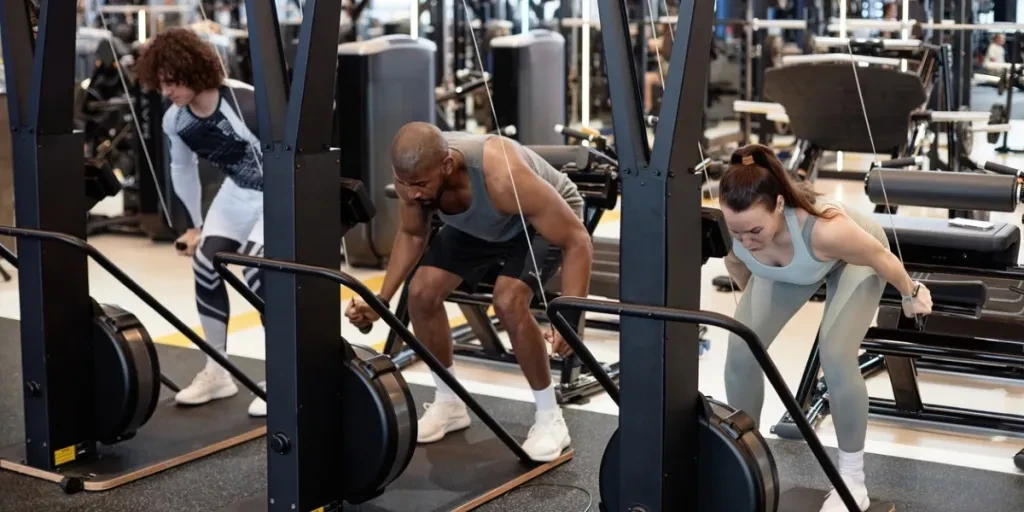
The global market for ski machines is experiencing significant growth, driven by the increasing popularity of skiing as both a recreational activity and a competitive sport. According to a professional report, the global ski gear and equipment market, which includes ski machines, reached a value of $1.5 billion in 2023 and is projected to grow to $2.0 billion by 2032, with a compound annual growth rate (CAGR) of 3.25% during this period.
Several factors are contributing to this growth. The rising adoption of skiing as a recreational activity is one of the key drivers. Ski machines provide an accessible way for individuals to enjoy the benefits of skiing without the need for snow or a ski resort. This convenience is particularly appealing in urban areas where access to natural skiing environments is limited.
Additionally, the growing number of ski resorts and the increasing popularity of ski tourism are boosting the demand for ski machines. These machines are often used in ski resorts for training purposes, allowing skiers to practice and improve their skills in a controlled environment. The introduction of smart ski helmets and other advanced ski gear is also supporting market growth by enhancing the overall skiing experience.
The market is further segmented by product type, distribution channel, and end user. Clothing represents the largest segment within the ski gear and equipment market, followed by headgear, skis and poles, and footwear. In terms of distribution channels, supermarkets and hypermarkets hold the largest market share, followed by convenience stores and online stores. The end-user segment is divided into male, female, and kids, with males representing the largest market share.
Regionally, North America is the largest market for ski gear and equipment, driven by the high popularity of skiing and snowboarding in the United States and Canada. Europe also holds a significant market share, with countries like Germany, France, and Italy being major contributors. The Asia-Pacific region is expected to witness the highest growth rate, fueled by increasing disposable incomes and the growing popularity of winter sports in countries like China, Japan, and South Korea.
Key players in the ski gear and equipment market include Alpina Sports, Amer Sports, Clarus Corporation, Coalition Snow, Decathlon, Fischer Sports, Helly Hansen, Kohlberg & Co., Rossignol Group, and Volcom. These companies are known for their innovative products, strong brand reputation, and extensive distribution networks.
Innovative Designs and Materials in Ski Machines
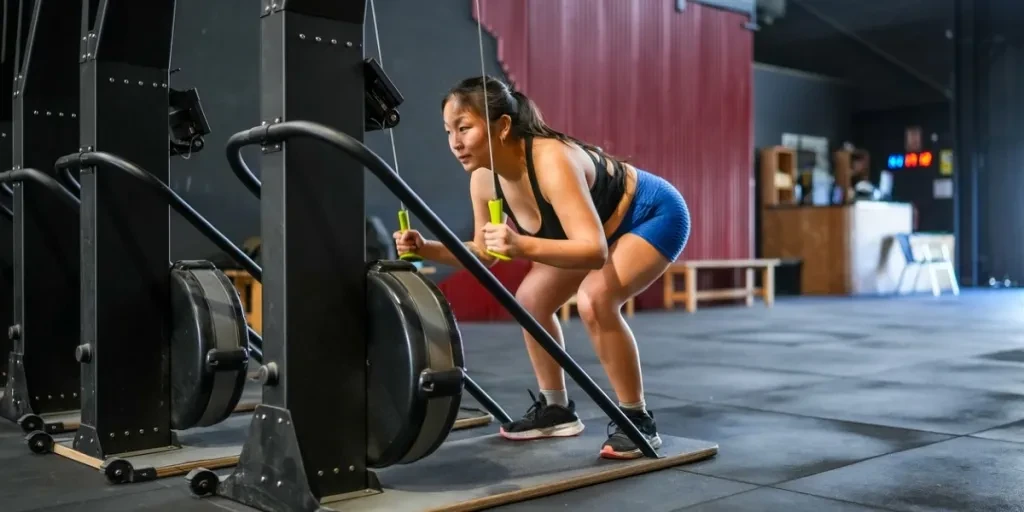
Cutting-Edge Materials for Enhanced Performance
The evolution of ski machines has been significantly influenced by the introduction of advanced materials designed to enhance performance. Modern ski machines often incorporate materials that are both lightweight and durable, ensuring that users can enjoy a smooth and efficient workout. For instance, the use of carbon fiber in the construction of ski machines has become increasingly popular. Carbon fiber is known for its high strength-to-weight ratio, which allows for the creation of robust yet lightweight equipment. This material not only enhances the durability of the ski machines but also improves their overall performance by providing better stability and control.
Additionally, the integration of high-density polyethylene (HDPE) in the sliding surfaces of ski machines has been a game-changer. HDPE is known for its low friction and high wear resistance, making it an ideal material for components that are subject to constant movement and stress. This material ensures that the ski machines can withstand prolonged use without compromising on performance, providing users with a consistent and reliable workout experience.
Ergonomic Designs for Maximum Comfort
Ergonomic design is another critical aspect of modern ski machines, aimed at maximizing user comfort and reducing the risk of injury. Manufacturers have been focusing on creating ski machines that can accommodate a wide range of body types and fitness levels. This includes adjustable components such as footrests, handles, and seat positions, allowing users to customize the machine to their specific needs.
Moreover, the incorporation of cushioned grips and padded seats has significantly improved the comfort level of ski machines. These features help to reduce the strain on the user’s hands and back, making it easier to maintain proper form during workouts. The ergonomic design also extends to the overall structure of the ski machines, with many models featuring a more natural and fluid motion that mimics the actual skiing experience. This not only enhances the effectiveness of the workout but also makes it more enjoyable for the user.
Technological Features Elevating Ski Machines
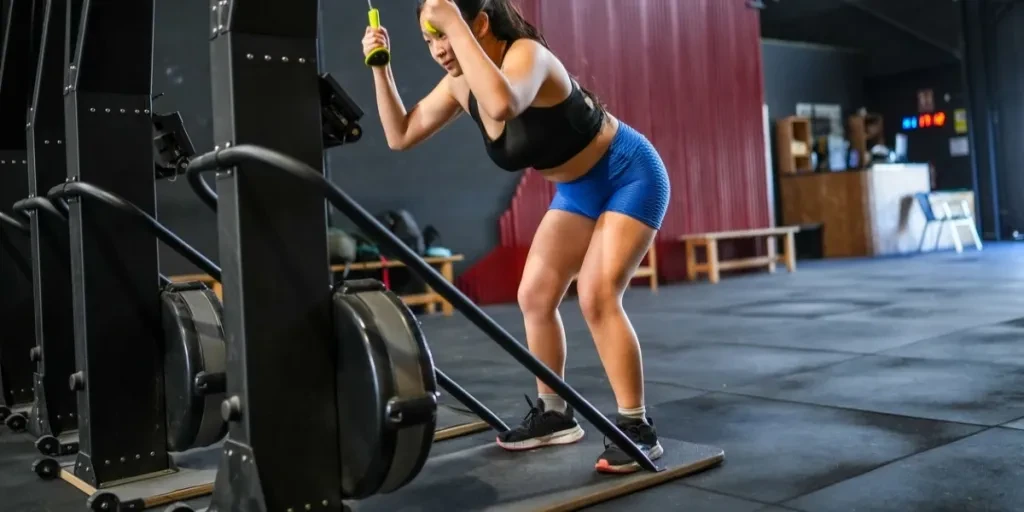
Advanced Tracking and Monitoring Systems
The integration of advanced tracking and monitoring systems in ski machines has revolutionized the way users approach their workouts. These systems provide real-time feedback on various metrics such as heart rate, calories burned, distance covered, and workout duration. This data allows users to track their progress and make informed decisions about their fitness routines.
One notable example is the use of heart rate monitors that are built into the handles of ski machines. These monitors provide continuous heart rate data, enabling users to stay within their target heart rate zones for optimal cardiovascular benefits. Additionally, many ski machines now come equipped with Bluetooth connectivity, allowing users to sync their workout data with fitness apps and devices. This seamless integration makes it easier for users to set goals, track their progress, and stay motivated.
Interactive and Immersive Training Programs
Interactive and immersive training programs have become a staple feature of modern ski machines. These programs offer a variety of workout options, ranging from guided sessions led by professional trainers to virtual reality experiences that simulate real-world skiing environments. The use of high-definition screens and surround sound systems enhances the immersive experience, making workouts more engaging and enjoyable.
For instance, some ski machines offer virtual reality (VR) training programs that transport users to scenic locations such as snow-covered mountains and alpine trails. These VR programs provide a realistic skiing experience, complete with changing weather conditions and varying terrains. This not only makes the workout more exciting but also helps users improve their skiing skills in a controlled environment.
Fitness Benefits and Functionality of Ski Machines
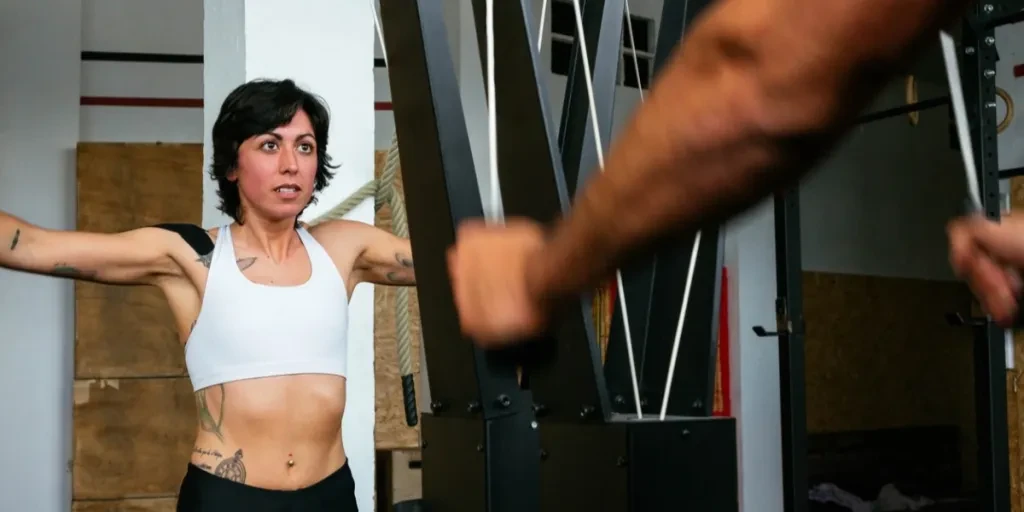
Comprehensive Full-Body Workouts
Ski machines are renowned for providing comprehensive full-body workouts that target multiple muscle groups simultaneously. The motion of skiing engages the legs, core, and upper body, making it an effective way to build strength and endurance. According to a professional report, the use of ski machines can help improve cardiovascular health, increase muscle tone, and enhance overall fitness levels.
The continuous, low-impact motion of ski machines also makes them an excellent option for individuals looking to improve their joint health. Unlike high-impact exercises such as running, skiing on a machine reduces the stress on the joints, making it a suitable workout for people with joint issues or those recovering from injuries.
Customizable Resistance and Training Modes
One of the key features of modern ski machines is the ability to customize resistance and training modes. This allows users to tailor their workouts to their specific fitness levels and goals. For example, beginners can start with lower resistance settings to build their endurance gradually, while more advanced users can increase the resistance to challenge their muscles and improve their strength.
Many ski machines also offer pre-programmed training modes that cater to different fitness objectives, such as interval training, endurance training, and strength training. These modes provide structured workouts that help users achieve their goals more efficiently. Additionally, the ability to adjust the resistance and training modes ensures that users can continue to progress and challenge themselves as their fitness levels improve.
Seasonal Trends and Market Demand
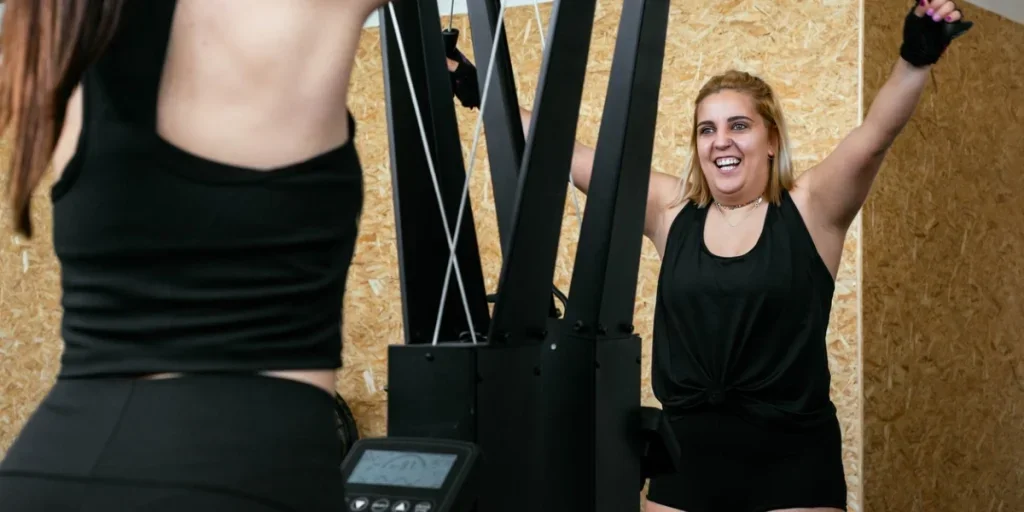
Popularity During Winter Sports Season
The demand for ski machines typically peaks during the winter sports season, as individuals look for ways to stay active and improve their skiing skills indoors. According to a professional report, the popularity of ski machines increases significantly during this period, with many fitness enthusiasts and athletes incorporating them into their training routines.
The winter sports season also sees a rise in the sales of ski machines, as more people invest in home fitness equipment to stay in shape during the colder months. This trend is particularly evident in regions with harsh winter conditions, where outdoor activities may be limited.
Year-Round Training and Fitness Trends
While the winter sports season drives a significant portion of the demand for ski machines, there is also a growing trend towards year-round training and fitness. Many fitness enthusiasts recognize the benefits of incorporating ski machines into their regular workout routines, regardless of the season. This has led to a steady increase in the popularity of ski machines as a versatile and effective fitness tool.
The rise of home fitness trends has also contributed to the year-round demand for ski machines. With more people opting to work out at home, the convenience and effectiveness of ski machines make them an attractive option for maintaining fitness levels throughout the year. Additionally, the availability of interactive and immersive training programs has made it easier for users to stay motivated and engaged, further driving the demand for ski machines.
Conclusion
The advancements in materials, ergonomic designs, and technological features have significantly enhanced the performance and functionality of ski machines. These innovations have made ski machines a popular choice for fitness enthusiasts looking for comprehensive full-body workouts and immersive training experiences. As the demand for home fitness equipment continues to grow, ski machines are poised to remain a valuable tool for year-round training and fitness. The future looks promising for the ski machine market, with ongoing developments expected to further improve the user experience and expand the range of training options available.




